Issue 4 | April 2025
Greetings from NUS Cities, and welcome to the fourth issue of our newsletter!
The built environment is inseparable from the urban fabric. As consciousness of issues such as public health and climate change increases, researchers and practitioners working in the field have advanced our understanding of how the built environment can be shaped to ensure that our cities are sustainable and liveable. We are pleased to present three articles from distinguished experts that touch on these topics.
Professor Lam Khee Poh is the Provost’s Chair Professor of Architecture and the Built Environment at NUS, and a pioneer in introducing the principles of total building performance in Singapore through his involvement in projects like the URA Centre (Urban Redevelopment Authority) and NUS SDE4. He has contributed to the development of regulations like the BCA-HPB Green Mark for Healthier Workplaces. We sat down with him to learn how architecture can improve the well-being and health of buildings’ occupants and the challenges of persuading others to adopt new practices.
The smart city – the idea of the urban landscape outfitted with sensors, and informed and regulated by data for the benefit of its dwellers – has captured the imaginations of many. But how can this be realised in practice? Dr Martín Mosteiro Romero, postdoctoral researcher in the Department of Architectural Engineering and Technology at the Technical University in Delft, explains how organisations can marshal sensors, data, and policy to reduce the energy needed to cool their buildings as more of their staff work from home. Pradeep Alva, Research Associate at NUS’ Department of Architecture and at the Future Resilient Systems programme at Singapore ETH-Centre, and Dr Rudi Stouffs, Dean's Chair Associate Professor and Assistant Dean (Research and Technology) at NUS’ Department of Architecture, explore the possibility of using Urban Digital Twins and AI to inform planning and policy decisions aimed at reducing greenhouse gas emissions from the built environment.
Apart from reducing the greenhouse gas emissions of buildings, reducing urban waste is also critical to making cities more sustainable. Preston Wong, CEO & Co-founder of treatsure, a company that provides a platform for businesses to bring surplus food to consumers, shares about his team’s efforts to help businesses and the public realise the value of surplus food. To reduce food waste, changing entrenched perceptions is key.
Water is essential to human life, but cities are facing challenges in meeting this most basic need – balancing water conservation and consumption can be difficult especially for dense urban centres. Water is also both a blessing and a threat – especially as climate change, sea level rise, and erratic weather test the resilience of many cities. We interview Professor Tony Wong, Professor of Sustainable Development at Monash University’s Sustainable Development Institute and pioneer of the Water Sensitive Cities approach to ask him about how cities can be transformed to harness water for the good of communities, and in a sustainable manner.
Games are not just for fun – they can be the catalysts for learning about complex topics like urban planning and real estate development. How these games are implemented affects the learning outcome. TK Bean, Associate at NUS Cities, examines the pedagogical benefits and limitations of city-building games (CBGs) and in-person simulations. They use the UrbanPlan workshop, co-organised by NUS Cities and the Urban Land Institute (ULI), as a case study.
Finally, Professors Sumit Agarwal, Yi Fan, Qian Wenlan and Sing Tien Foo from the NUS Department of Real Estate, through the case study of Singapore’s Build-to-Order (BTO) scheme, demonstrate how affordable public housing creates opportunities for intergenerational mobility, even for families which come from lower income brackets.
There is much to explore in this issue, and we hope that the ideas represented in it will inspire you to imagine more sustainable, liveable and resilient futures for our cities.
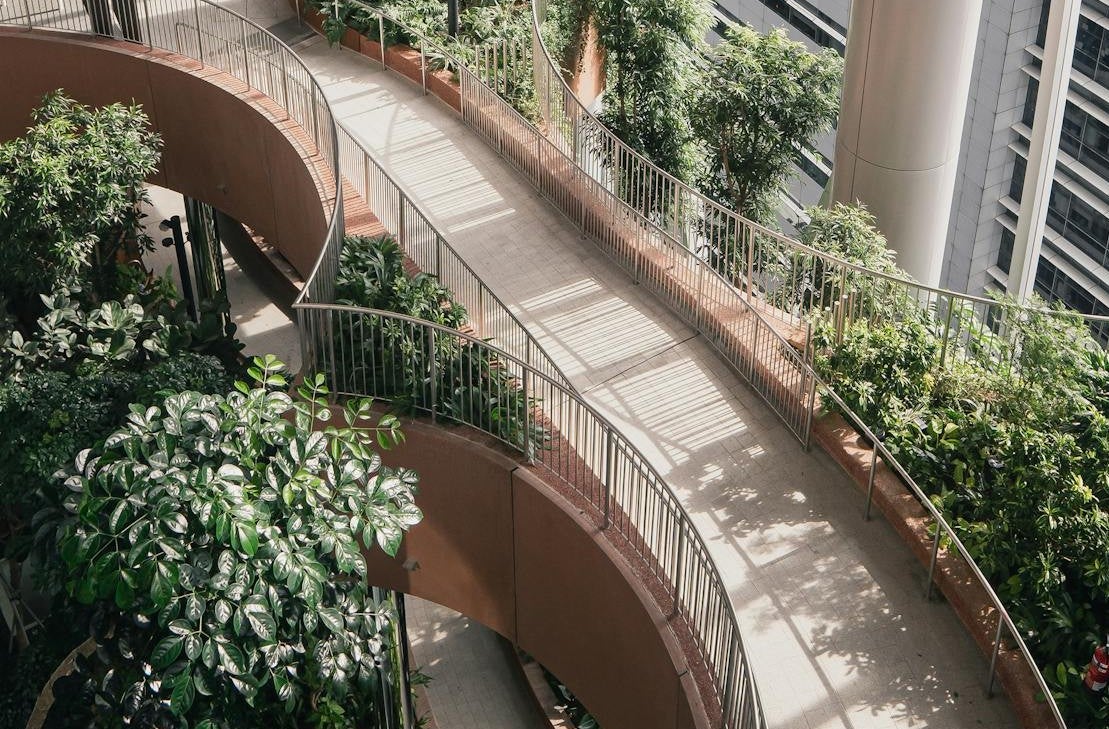
In this interview with TK Bean of NUS Cities, NUS professor Lam Khee Poh ponders how the built environment can do an even better job of contributing towards enhancing human health and wellbeing.
Image Credit: Ethan P / Pexels
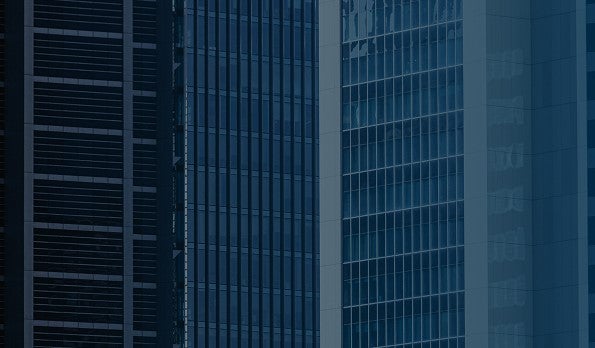
Can data-driven models help urban planners create even more flexible workspaces for a climate-resilient future? Dr Martín Mosteiro Romero investigates.
Image Credit: Image Hunter / Pexels
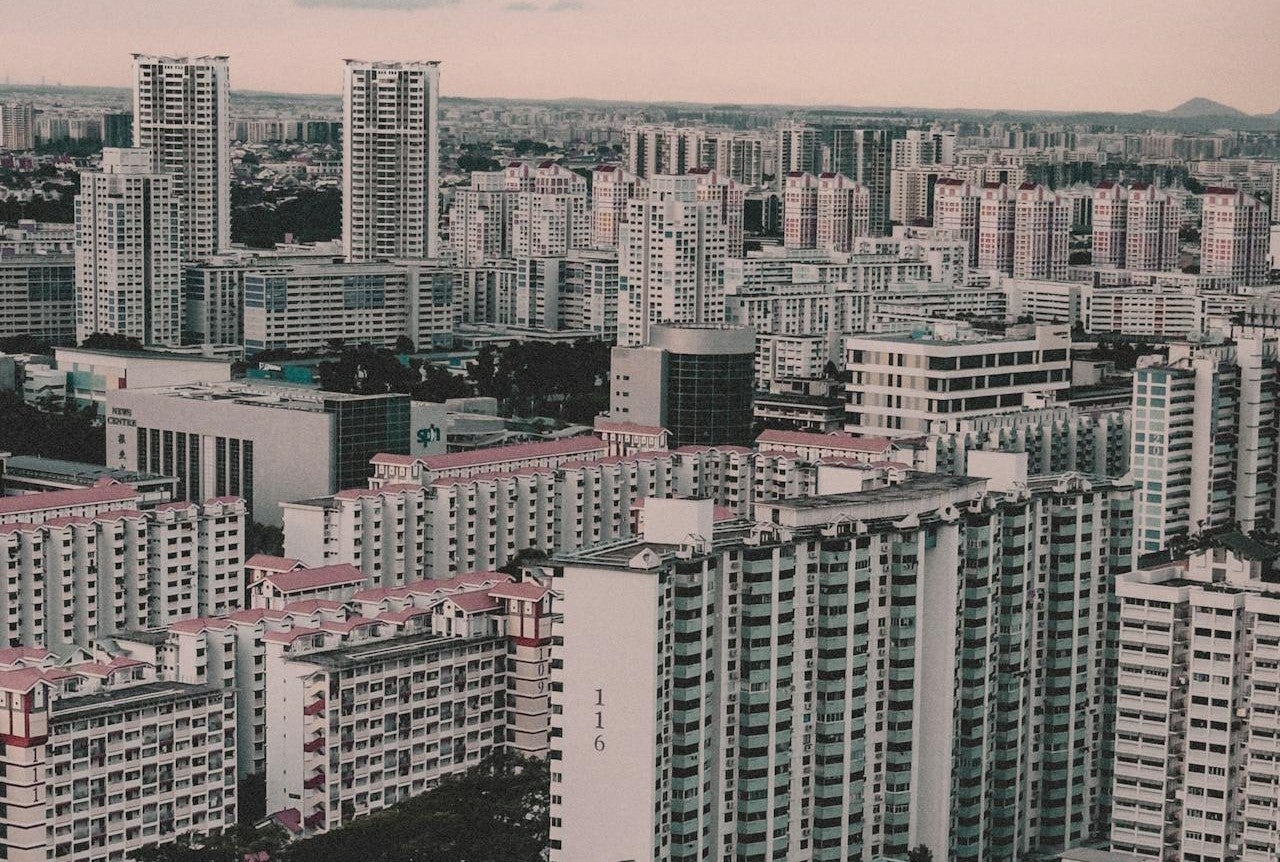
As cities invest more in decarbonising the built environment, digital simulations such as Urban Digital Twins are being used more. To enhance long-term urban planning, Pradeep Alva and Rudi Stouffs are studying newer tools using open-access apps and artificial intelligence to create scenarios that are more holistic, and closer to the real world.
Image Credit: Haris Affandi / Pexels

In this interview with Joshua Ong of NUS Cities, Preston Wong, CEO & Co-founder of treatsure (a company which manages an app platform connecting hotels and grocers with surplus food to everyday consumers) shares insights from leading a sustainability business, and on how the next generation can be inspired to get involved.
Image Credit: Alesia Kozik / Pexels
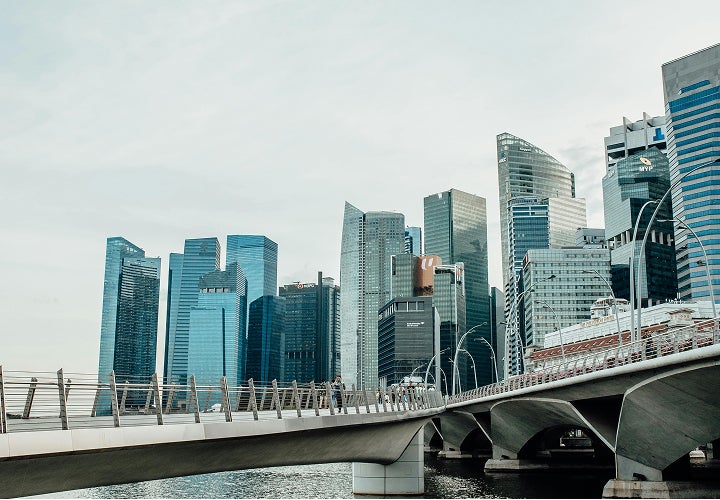
What can help cities become more attuned, and alert, to addressing all the influences on sustaining their long-term water supply? How can stakeholders, especially multiple state agencies, collaborate more to manage water better? Here are some answers from Tony Wong, who pioneered the Water Sensitive Cities approach that seeks to concurrently address social, environmental, and economic challenges of traditional urban water management.
Image Credit: Alesia Kosik / Pexels

Up till now, simulations like city-building games have helped urban studies students and city planners grasp the complexities of running a city. To what extent can this field up its game, with workshops like those developed by the Urban Land Institute, that add trained facilitators and expert industry evaluation, so as to calculate real-life tradeoffs, and also factor-in soft factors like emotional appeal?
Image Credit: NUS Cities / TK Bean
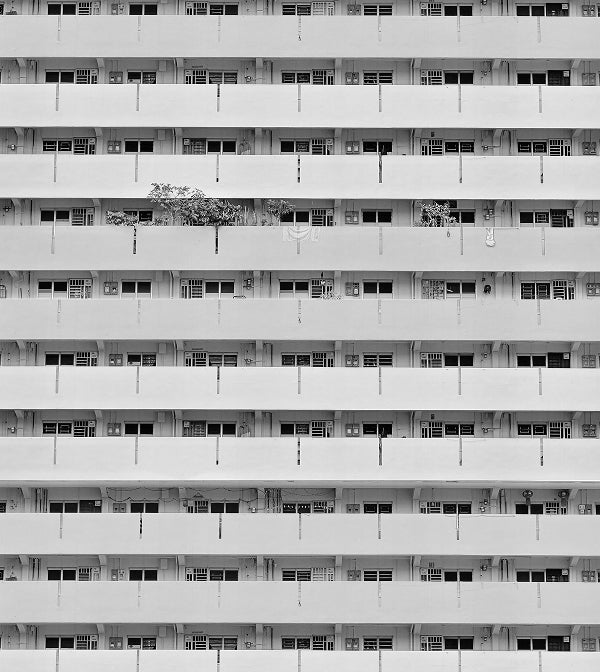
Unaffordability and rising inequality in housing markets, along with societal immobility, pose tensions within society, and greatly impact social cohesion. Cities are urged to address this inequality with policies aimed at providing more affordable public housing. Professors Sumit Agarwal, Yi Fan, Wenlan Qian, and Tien Foo Sing investigate the effect of large-scale public housing on the intergenerational mobility of children born to less-favoured families, using Singapore’s Build-To-Order (BTO) public housing scheme as a case study.
Image Credit: Danist Soh / Pexels

